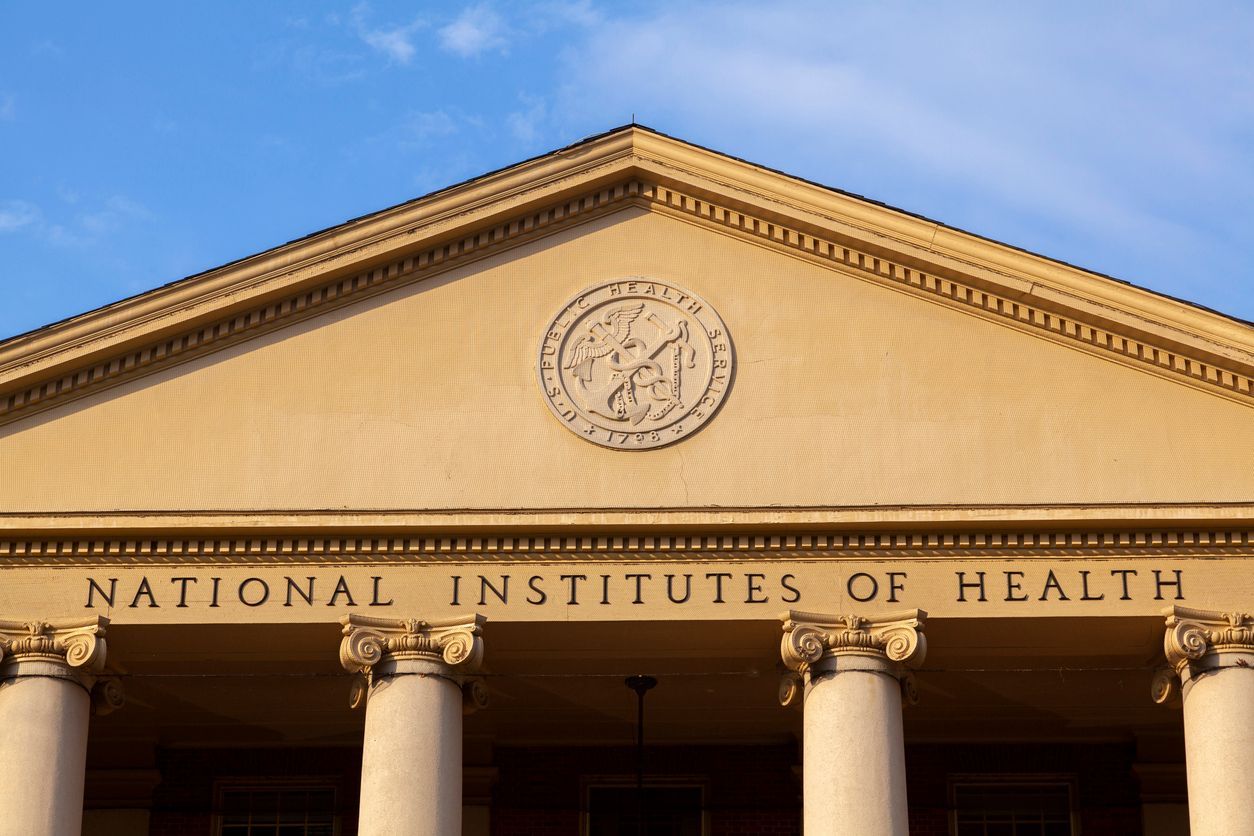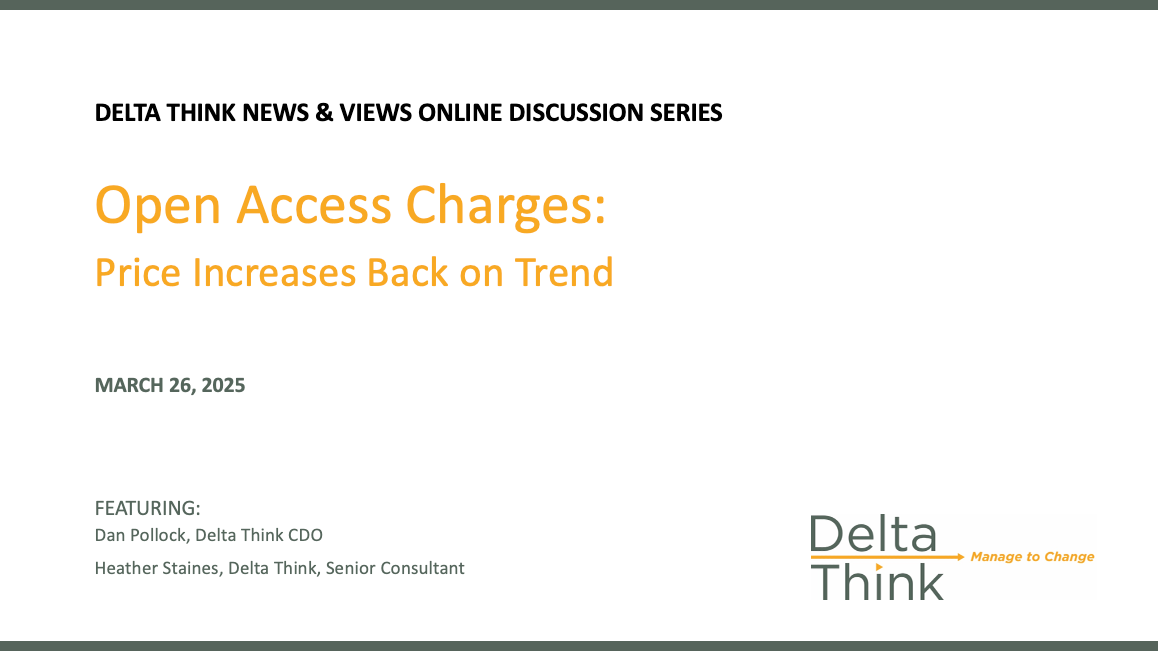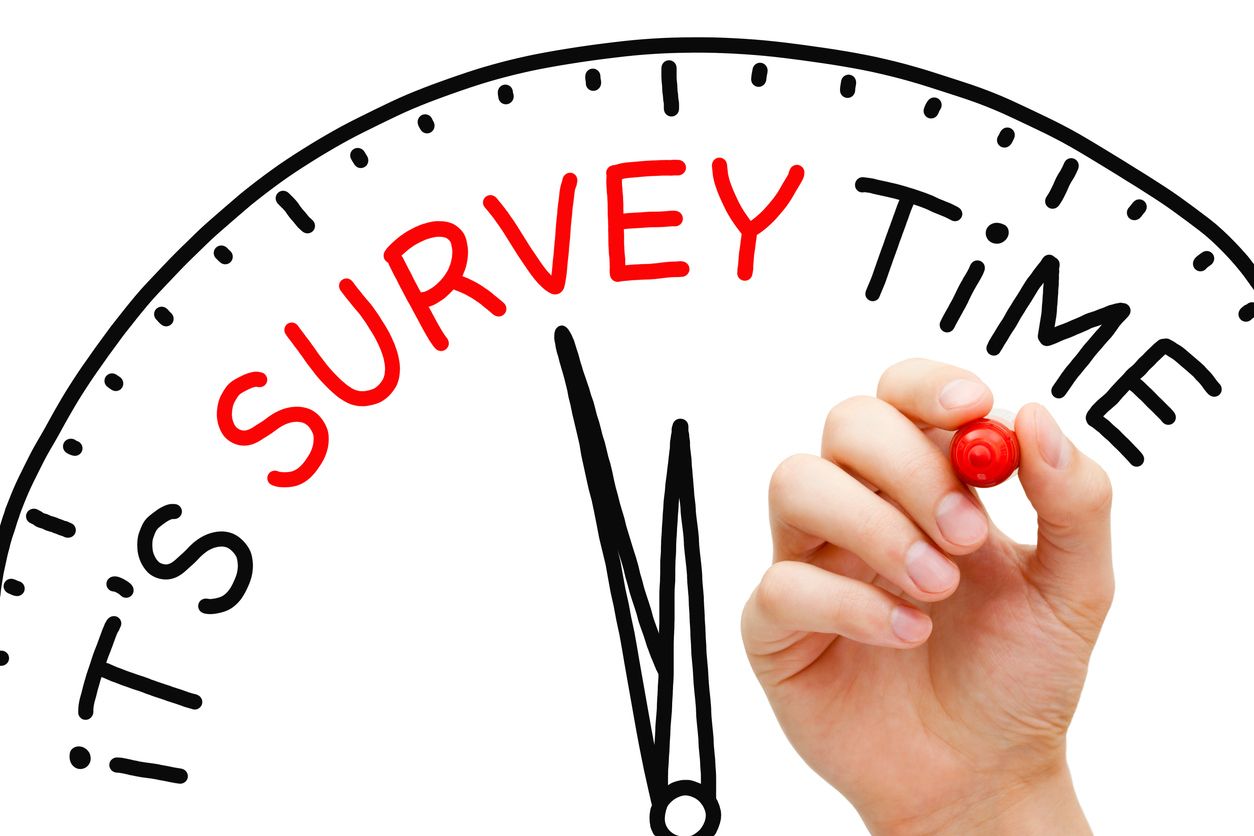News & Views: Diamonds in the Rough: Societies Shine under Pressure

This month we look at diamond open access journals (“sponsored”). With some large funders advocating their use as a more equitable form of open access, can publishers make them work?
Background
An APC-based payment model is increasingly seen as challenging. APCs represent a rising expense, especially for institutions publishing large volumes of articles. Additionally, the APC model (even with waivers) has been increasingly criticized as non-inclusive. So it’s perhaps no surprise that we have seen moves to finance “diamond” journals and promote OA without author fees from some government funders and agencies.
Using color names to describe journal business models is not self-explanatory. For this analysis, we will use “sponsored” rather than “diamond” to refer to journals for which costs of the entire journal are covered, without fees charged to read or publish articles.
Since there is no data at scale listing sponsored journals, we infer whether a journal is sponsored by analyzing our data about publishers’ price lists. From our data set of over 18,000 journals, we look for fully open journals that have been available and have charged zero APCs for at least 3 years1. The prevalence of these journals hints at whether responding to increased demand for sponsored journals requires scaling existing efforts or cutting new ground.
How many sponsored journals are there?
We analyze proportions of sponsored journals below, in Figure 1.
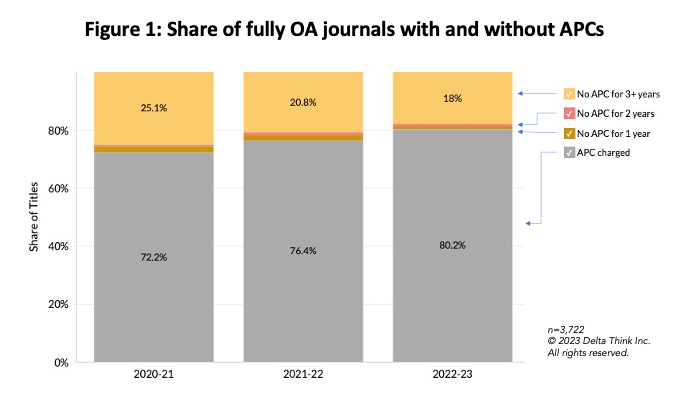
The chart shows proportions of fully open access journals that have, or have not, charged per-paper publishing fees (APCs). The sample only includes journals with at least 3 years’ data about APCs.
- The top (yellow) proportion shows our likely sponsored journals, which have not charged APCs for at least 3 years. These account for just under one fifth of our sample.
- The bottom (gray) proportion shows our pay-to-publish journals, which charge APCs. These account for just over 80% of our sample.
- The remaining proportions show journals which do not charge APCs, but only for a year or two. These cover a very small proportion of our sample. If we include newer journals – not shown above – then we would find significantly more journals not charging APCs in 2022-23. As we cannot be sure whether these are truly sponsored or (say) offering temporary discounts, we exclude them so we can look at underlying trends.
Looking at trends, the data suggest that around 18% of journals are now sponsored, down from just over 25% two years ago. The underlying data show that the numbers of journals have grown by 20% over this period.
Publisher type makes a difference
On average, sponsored journals account for a small but significant proportion of activity. However, as ever, the averages mask important variations. Figure 2, below, shows how different the picture can look from a society perspective.
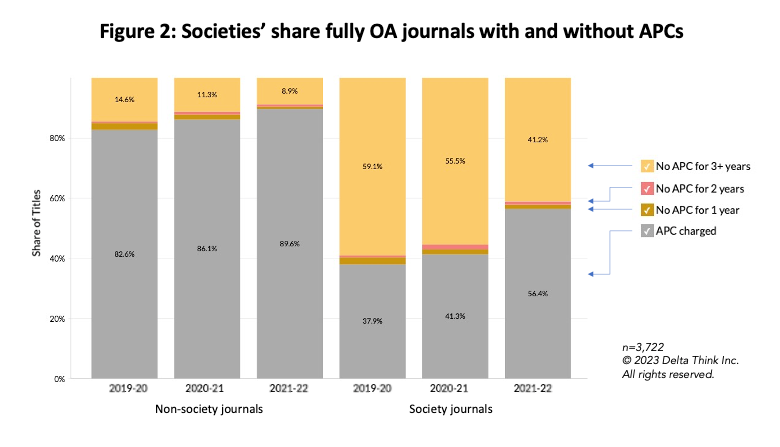
The chart shows the same categories as before but split to show society journals on the right and other journals on the left.
- Societies make far greater use of sponsored journals: over 40%, but down from almost 60% two years ago.
- Non-society journals are just over half of the market averages.
- For context, there are around one third the number of society versus non-society journals in the underlying data.
Conclusion
Overall, 18% of fully open journals appear to be sponsored, but their proportion and number have been decreasing. It seems that over the last 3-4 years the market has been slowly moving away from a sponsored model. It will be interesting to see if this trend holds since discussions about “diamond” journals are now heating up.
However, these current averages vary greatly depending on whether titles are owned by societies.
Among society-run journals, sponsored titles account for more than double the market average, for non-society (commercial) journals they account for just under half. Societies’ greater proportion of sponsored titles and their not-for-profit status could therefore place them in a stronger position than their commercial competitors if we see a large scale move by funders to require publication in journals without publisher fees and – as some noises from European funders suggest – which are not for profit.
With the situation varying so wildly, and government pushes to an OA world showing no signs of abating, it’s vital that publishers look at the data for their circumstances, to fully understand the situation for their mix of journal types, profit status and discipline.
1The data can’t describe why journals don’t charge APCs. Journals that are new or newly made OA may not charge APCs as an introductory offer. So, we take journals that have been in our database for at least three years and have not charged an APC during that time. Some journals may offer longer introductory offers (and some none), but our anecdotal feedback from the market suggests that the 3 year period seems reasonable for our analysis. Subscribe to Open journals will also appear in our sample, however, at the time we carried out this analysis, they will be very few in number and make no difference to the outcome.
This article is © 2023 Delta Think, Inc. It is published under a Creative Commons Attribution-NonCommercial 4.0 International License. Please do get in touch if you want to use it in other contexts – we’re usually pretty accommodating.
